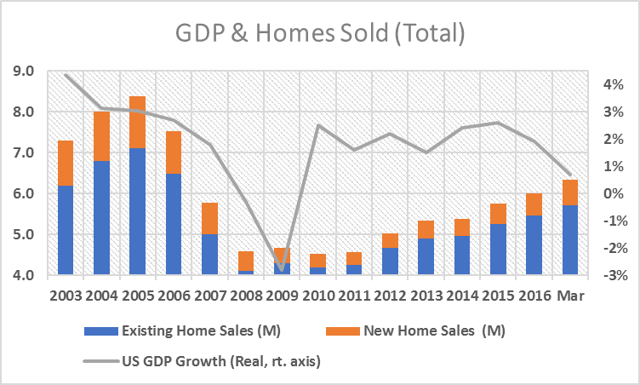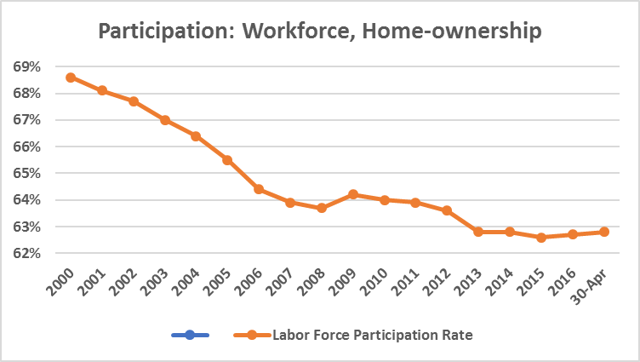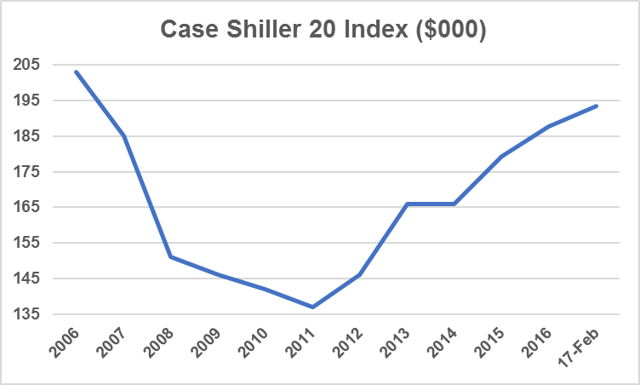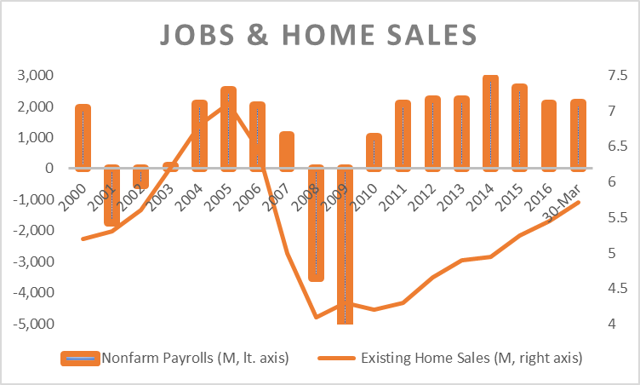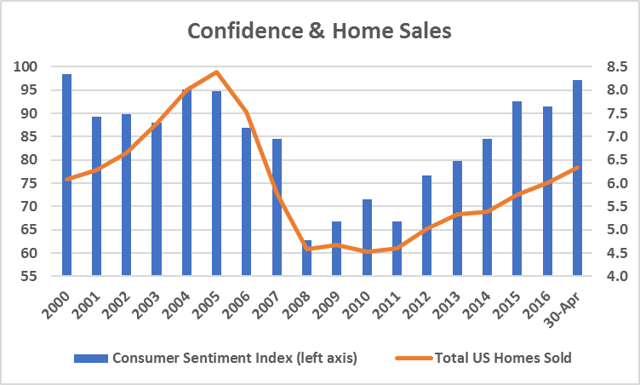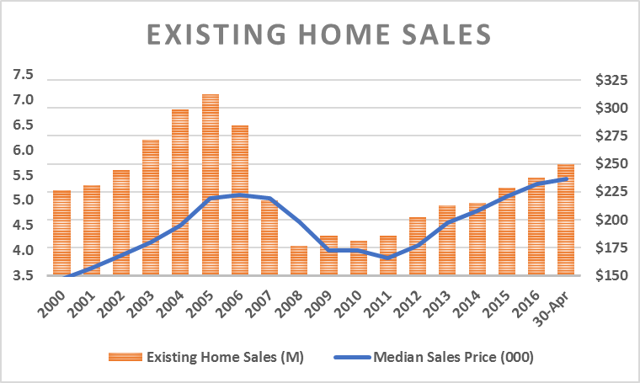BEIJING — When the Chinese government privatized housing in the 1990s, enriching a vast swath of the urban population, it was hailed as a remarkable achievement of the reform economy. Since then, the housing industry has ballooned into a juggernaut that accounts for 70 percent of the country’s household wealth.
More than just a place to live, private housing in the past two decades came to underpin the aspirations of urban Chinese. Homeownership, especially in cities, proved to be a reliable investment outlet. The skyrocketing values of housing have been providing money for sickness and old age in a country where the state has largely dismantled the welfare system. Real estate profits have allowed parents to finance their children’s education abroad.
But the impressive size and wealth of the propertied class belies the growing strains plaguing new home buyers. The country now has some of the least affordable housing markets in the world. The ratio of median home price to median income, a common measure of affordability, in most first-tier cities has soared to higher than that of London.
To cool the markets, local governments have issued myriad purchasing restrictions, like requiring high down payments and banning the purchase of multiple apartments. The proliferation of red tape, together with the increasingly unaffordable real estate, has become a potent symbol of the thwarted economic hopes and the dwindling social mobility that characterize today’s urban China.
In newspapers and dinner table conversations, stories abound of husbands and wives filing fake divorces to get around stringent real estate purchasing restrictions for families. There are also tales of acrimonious disputes between the parents of divorcing couples when both sets claim ownership of the couple’s apartment because they contributed to the purchase. Recently, more than 10,000 home buyers in Beijing found themselves stuck in financial limbo when the government suddenly increased down payment requirements after they had agreements to buy, leaving them short overnight.
In some cases, the housing challenges affect decisions about having children. After the one-child policy was scrapped in 2015, several mothers with single sons confessed to me their reservation about giving birth again: Adding another son would wreck the family’s finances in the future, they explained, because parents are still expected to provide sons with apartments when they reach marriage age to make them eligible bachelors for potential mates.
Nowhere are home buyers’ struggles better reflected than in the saga surrounding “school-district apartments.” Home ownership guarantees owners access to public schools, and the fierce competition among parents for apartments near highly valued schools has long been considered a culprit of the exorbitant housing prices in prosperous metropolises. In certain areas in Beijing, families are now asked to own homes for at least three years before they can qualify for local schools.
read more…








 Zillow
Zillow